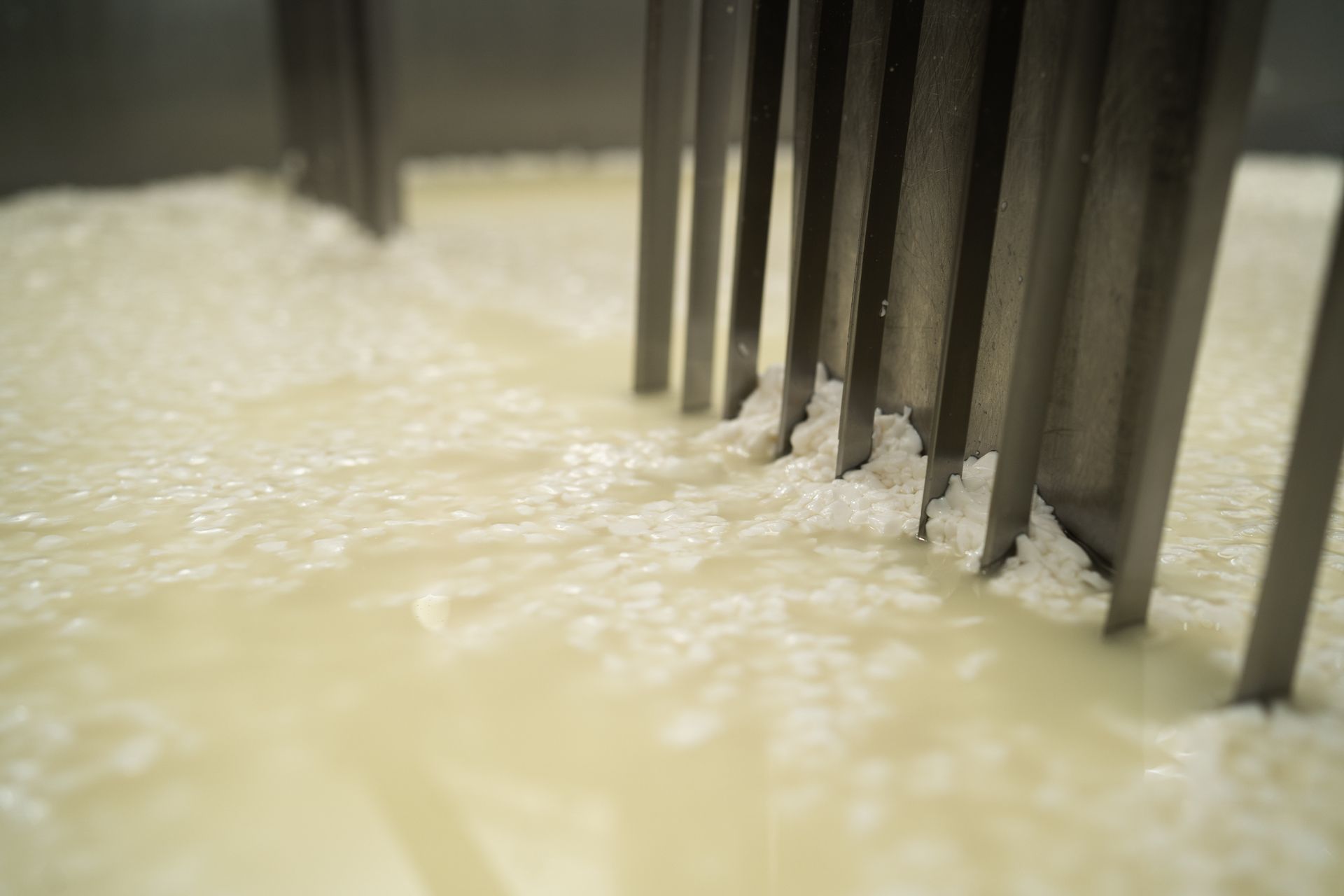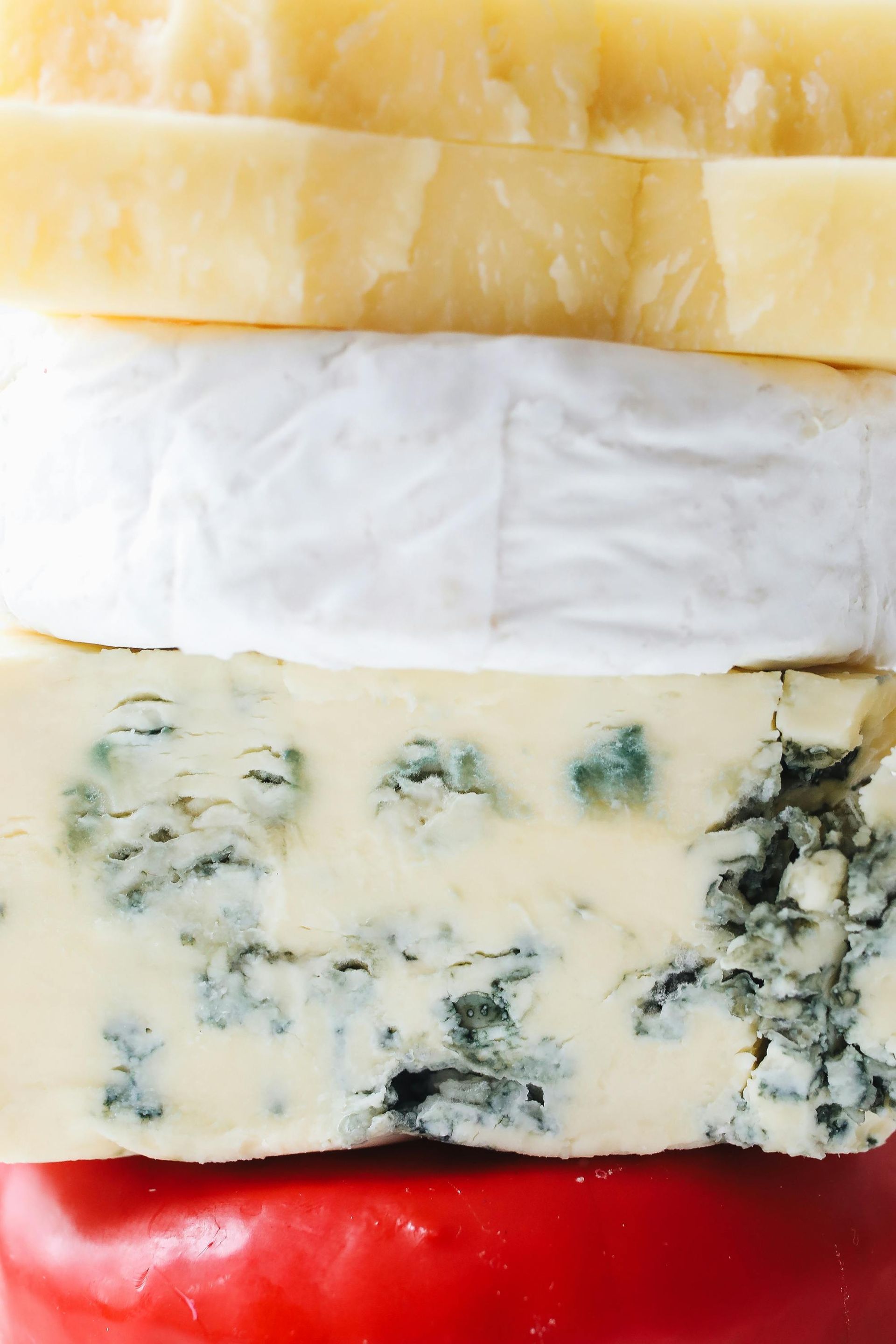UK & European Dairy in Flux: Understanding Market Volatility Amid Global Disruption
UK & European Dairy in Flux: Understanding Market Volatility Amid Global Disruption
The UK and European dairy markets are navigating one of the most uncertain periods in recent memory. Farmgate prices remain erratic, retail relationships are under strain, and consumer behaviour continues to evolve at speed. While global influences - particularly the legacy of US tariffs and trade disruption – are still playing a role, the volatility we’re seeing now is largely in part been driven by domestic economic pressures, environmental regulation, and continuing shifts in purchasing dynamics.
If this is not a passing storm. Do we need a recalibration of the sector – and if so, it demands a considered, strategic response.
Production Under Pressure
Across the EU, milk production is tightening. According to the European Commission, raw milk deliveries fell by 0.5% in early 2025, with significant declines in Germany, France and the Netherlands. These reductions stem from a combination of demographic factors, environmental restrictions, and continued regulatory reform - particularly under the EU’s Green Deal and Farm to Fork strategy.
Closer to home, UK production has also slipped. AHDB figures show a 2.4% drop in the first quarter of 2025. Key pressures include input costs - with feed up 12% year-on-year, fertiliser up 7%, and energy costs continuing to bite - as well as ongoing weather volatility, which is affecting yield predictability and planning confidence across the farming community.
Retail Realities: The Private Label Pivot
Nowhere is the pressure more visible than in retail. British consumers, grappling with persistent food inflation, are increasingly opting for private label products over branded dairy. Kantar data for March 2025 reveals that own-label now accounts for 58% of all dairy sales - a record high. Milk, butter and block cheese have been particularly affected.
Supermarkets, under pressure themselves, are pushing back hard against supplier price rises. Several high-profile disputes and delistings have already occurred this year, creating uncertainty at both ends of the supply chain. For processors and producers, the challenge is stark: absorb rising costs or risk losing shelf space.
Sustainability: Compliance and Consumer Expectation
Environmental policy is no longer a future issue - it’s shaping the here and now. EU and UK regulatory frameworks are tightening. In Europe, CAP reform and the introduction of carbon benchmarking mechanisms are accelerating structural change, while in the UK, DEFRA’s Environmental Land Management schemes (ELMs) are redirecting public money towards regenerative and biodiversity-focused practices.
For farmers, this means short-term cost and complexity. For brands, it means aligning with rising consumer expectations - without pricing themselves out of reach. Recent Nielsen data shows that 63% of UK shoppers consider environmental credentials a strong influence when choosing dairy - yet just 28% are prepared to pay a premium for it. Bridging that gap will be critical.
A Global Market With Local Impacts
While the current volatility is centred in Europe, it cannot be fully understood in isolation. Global trade flows, currency swings and geopolitical tensions continue to cast long shadows.
The US dairy sector, despite recent recovery, it continues to recalibrate as the tariff confusion continues. EU butter and cheese exports to the US remain around 18% below pre-tariff levels, according to the USDA. Meanwhile, China’s demand for imported dairy has softened, down 10% year-on-year in 2024, creating surplus pressure in key European segments like whey and SMP.
For the UK - a net importer - this presents a different challenge: price exposure. With over 60% of cheese on UK shelves imported from the EU, fluctuations in euro exchange rates, logistics costs, and continental oversupply all feed directly into domestic pricing and margin pressure.
Strategic Moves: How the Industry Must Respond
In this landscape, agility and strategic foresight are no longer optional - they are essential. The dairy businesses that adapt quickly to these realities will be the ones best placed to weather future shocks.
Key actions include:
- Rebalancing product portfolios: Shifting towards value-added, health-led, or environmentally certified lines can help meet new consumer priorities.
- Strengthening retail collaboration: Transparent, long-term partnerships with retailers may be more valuable than short-term gains. Innovation and flexibility will be key.
- Investing in sustainability with returns in mind: Whether through collaborative funding models or efficiency-led green tech, sustainability must support the bottom line.
- Staying globally informed:
While action must be local, visibility on global trends - from US policy to Chinese demand - can offer crucial market signals.
Conclusion: A New Normal for Dairy?
The volatility we are witnessing across UK and European dairy is not just cyclical. It reflects deeper systemic changes - in how we produce, how we trade, and how we consume. The aftershocks of global trade disputes remain, but the true drivers now lie closer to home: policy, inflation, consumer values, and the push for sustainability.
The challenge for the industry is not to outlast the volatility - but to evolve through it. Those who do will shape a more resilient, future-ready dairy sector.
For brands, processors and producers alike, the time to reassess and adapt is now. This isn’t just about surviving the present. It’s about preparing for the next chapter of dairy.



